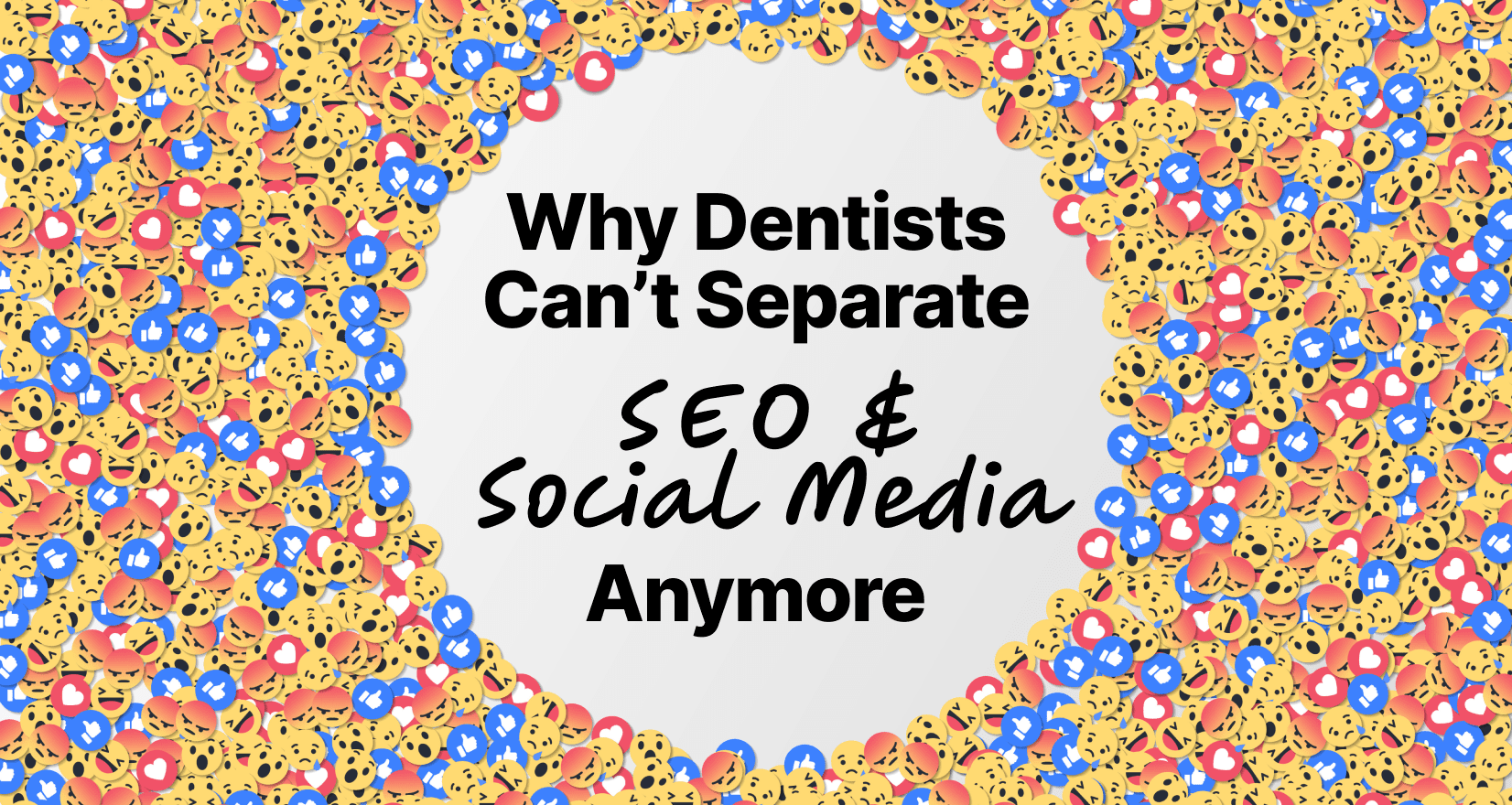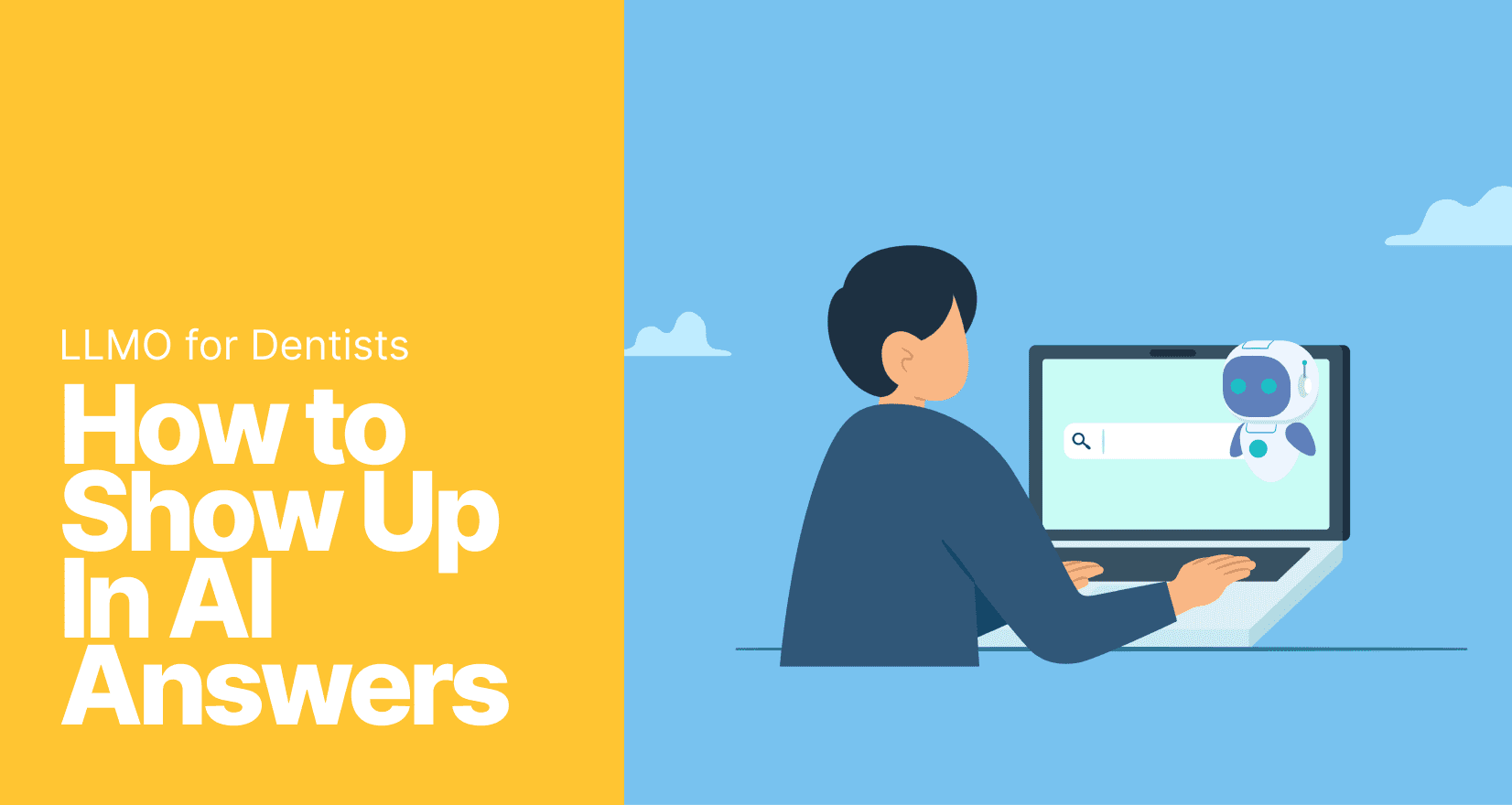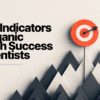Why AI Can’t Replace Your Insurance Verification Team
Every dental practice owner has the same dream: push a button and instantly know exactly what insurance will cover for the patient sitting in their chair. No phone calls, no hold music, no uncertainty about whether that treatment plan quote is accurate. The promise of AI-powered insurance verification seems like the answer to this universal prayer, with vendors flooding the market claiming their artificial intelligence can eliminate your verification headaches overnight.
But according to Jason Orgill, Chief Technology Officer at eAssist and a certified ethical hacker who’s been knee-deep in dental insurance technology for over five years, the reality is far more nuanced than the marketing hype suggests. In his conversation with Adrian Lefler on the Byte Sized Podcast, Jason pulled back the curtain on what’s actually happening with AI in insurance verification and why that magical “push button, get answer” future isn’t quite here yet.
The Hidden Complexity of Insurance Claims: Why Robots Aren’t Ready to Take Over
Before understanding why AI can’t fully automate insurance verification, it helps to grasp the Byzantine journey of a dental insurance claim. Most dentists and their teams see only the beginning and end: submit a claim, receive payment (hopefully). But Jason revealed the convoluted middle that makes automation so challenging.
When a practice submits a claim, it rarely goes directly to the insurance carrier. Instead, it passes through a clearinghouse – an intermediary that exists partly for practical reasons (connecting dozens of practice management systems to hundreds of carriers) and partly for financial ones (everyone in the chain gets a cut). Some carriers still require paper claims. Others have databases that are a week behind. Some information lives only in web portals, while critical details might require a phone call to access.
“Not everything’s on the portals,” Jason explained, describing the three-tier process of verification. First comes the basic eligibility check using technology from the 1980s. Then portal scraping for additional information. Finally, and crucially for complex procedures, someone picks up the phone to get “the real story about Jason’s coverage.”
This multi-layered complexity explains why the startups pitching Jason every week – usually founded by someone whose spouse is a dentist and who thinks they’ve identified an obvious problem to solve – all end up at the same conclusion: they need human help. “They realize the AI isn’t good enough,” Jason noted. “They need a human in the loop and they’re wondering if we could partner.”
The 40% Faster Revolution That Still Needs Human Oversight
Despite the challenges, eAssist hasn’t ignored AI’s potential. They started investing in AI development four years ago, but with a fundamentally different approach than the Silicon Valley startups trying to eliminate humans entirely. Instead of starting with technology and hoping for quality, they began with their existing quality standards of 100% accuracy within specific timeframes. Then, they asked how AI could help maintain those standards while improving efficiency.
The result is their Copilot system, an internal AI tool that draws on a thousand-page insurance coding manual (plus all its constant updates) and uses large language models to craft optimal claim submissions, appeal letters, and narratives. The results are impressive; practices using the Copilot-assisted service see claims paid 40% faster than those without it.
But there’s a critical detail that separates reality from hype. Every claim still has human oversight. As Jason emphasized, “We don’t want to over-rely on some large language model to then misdirect thousands of claims one day.” The AI provides suggestions, generates payment predictability scores (showing which claims have a 99% chance of sailing through versus those needing attention), and even helps get claims paid past timely filing deadlines. But humans make the final decisions.
The Cybersecurity Nightmare Nobody Wants to Talk About
As a certified ethical hacker, Jason brings a unique perspective to AI adoption in healthcare. His concern isn’t just about accuracy; it’s about the massive security vulnerabilities created when AI companies stockpile patient data.
“The way to not get hacked is to not be a target,” Jason explained, channeling his security training. “The minute you start stockpiling a whole ton of data, you become a target for hackers.” This is particularly concerning with AI voice agents making verification calls. Where is all that Protected Health Information (PHI) being stored? Who has access? How is it encrypted in transit?
The tendency for AI developers to hoard data for training purposes directly conflicts with security best practices. Every additional piece of stored patient data increases the attack surface for cybercriminals. Jason advocates for keeping data segmented, limiting retention, and avoiding the creation of massive, centralized repositories that become irresistible targets for hackers.
This security concern extends to the emerging scenario of “robots talking to robots” – AI agents from practices calling AI agents at insurance companies. The security implications are serious. Two AI systems exchanging PHI over phone lines, potentially recording and storing those conversations for training purposes, creates multiple new attack vectors that don’t exist with traditional human-to-human calls.
What This Means for Your Dental Practice Today
The conversation between Adrian and Jason reveals a crucial insight for dental practices evaluating AI solutions: the technology that actually works today isn’t the technology being hyped in marketing materials. The sexy promise of full automation sells conference tickets and software subscriptions, but the reality is more mundane (and more useful).
Successful AI implementation in dental practices follows what Jason and his team have discovered. AI augments human capability rather than replacing it. Their workers using AI-powered tools can craft better appeal letters, predict which claims need attention, and process verifications faster. But they’re still needed to ensure accuracy, handle exceptions, and maintain the quality standards that prevent those nightmare scenarios of patients discovering their treatment plan was off by hundreds of dollars.
For practices considering AI insurance verification tools, Jason’s approach offers a practical framework. Instead of asking “Can this eliminate my verification staff?” ask “Can this make my existing team 40% more efficient while maintaining accuracy?” Instead of seeking full automation, look for tools that provide clear metrics like payment predictability scores while keeping humans in the loop for final decisions.
My Social Practice’s approach with tools like Annie AI follows similar principles. While Annie can handle after-hours calls and web chat, she’s not trying to replace your entire front desk. She’s augmenting your team’s capabilities, handling routine tasks so humans can focus on complex situations requiring empathy and judgment.
The Upskilling Imperative: Why Your Team Needs to Embrace AI Now
Perhaps the most important takeaway from Jason’s insights isn’t about technology at all, but about people. The worker who discovered AI could help her get claims paid past deadlines didn’t lose her job to artificial intelligence. She became more valuable by learning to leverage AI for outcomes she couldn’t achieve before.
“If somebody comes to me and says I found a problem and here’s a solution and this is a way to solve it, all of a sudden I’m like, let’s pay this person more money,” Adrian observed. This perfectly captures the reality of AI in dental practices: the technology doesn’t replace workers who embrace it; it makes them irreplaceable.
![[Byte Sized Podcast Ep. 18] Why Your AI Insurance Verification Might Be Costing You Patients (And Money) Feat. Jason Orgill - ai insurance - My Social Practice - Social Media Marketing for Dental & Dental Specialty Practices AI insurance verification](https://mysocialpractice.com/wp-content/uploads/2025/11/1-x-1-–-social-post–3–018–Jason-Orgill-500x500.png)
The employees who will thrive in the AI-augmented dental practice aren’t necessarily the most tech-savvy. They’re the ones who understand their core mission – whether it’s delivering peace of mind to dentists, ensuring accurate billing, or providing excellent patient care – and view AI as a tool to better achieve that mission. They’re looking for new use cases, identifying opportunities for improvement, and combining their human judgment with AI’s processing power.
The conversation between Adrian and Jason paints a realistic picture of AI in dental insurance verification: impressive progress hampered by systemic complexity and requiring human oversight for the foreseeable future. The technology can make your team faster and more effective, but it can’t replace them.
The practices that will benefit most are those that view AI as a powerful assistant rather than a replacement solution and who invest in helping their teams learn to leverage these new capabilities.
In This Episode:
Jason Orgill, CTO of eAssist
Jason Orgill is the Chief Technology Officer at eAssist Dental Solutions, the market leader in dental billing services and a seven-time Inc. 5000 growth award winner. He is a certified wireless security expert, using his experience in ethical hacking and technology to bring solutions to the dental industry’s most pressing challenges.
Adrian Lefler, CEO and Co-founder of My Social Practice
Adrian Lefler, CEO of My Social Practice, is a seasoned expert in the dental marketing industry with 14 years of experience. He is widely recognized for his engaging and informative presentations. Based in Suncrest, Utah, Adrian shares his life with his wife, four children, and a lively mix of pets. My Social Practice is a leading dental marketing company, and Adrian is passionate about helping dental professionals succeed in this dynamic field.
Frequently Asked Questions
How much can AI realistically improve insurance verification speed in dental practices?
Based on eAssist’s real-world data, practices using their AI-powered Copilot system see insurance claims paid 40% faster than those without it. This improvement comes from AI helping to craft optimal claim submissions, generate appeal letters, and identify which claims need special attention through payment predictability scores. However, this speed increase still requires human oversight to maintain accuracy. The key is that AI augments human workers rather than replacing them, allowing them to process claims more efficiently while catching issues that pure automation might miss.
What are the main cybersecurity risks when using AI for dental insurance verification?
The primary security concern is data stockpiling. AI companies often want to collect and store massive amounts of patient data to train their models, creating attractive targets for hackers. As Jason Orgill explained, storing thousands of verification calls containing Protected Health Information (PHI) creates vulnerabilities that don’t exist with traditional one-to-one human interactions. Additional risks include data transmission security when AI agents make phone calls, unclear data ownership and retention policies, and the potential for breaches affecting thousands of patients simultaneously rather than individual cases. Practices should ask vendors explicitly about data storage, encryption, retention policies, and HIPAA compliance measures.
Should dental practices wait to adopt AI insurance tools until the technology improves?
No, practices shouldn’t wait for perfect AI solutions. Current AI tools, while not fully automated, can deliver significant improvements when properly implemented with human oversight. The key is setting realistic expectations and choosing tools that acknowledge their limitations. Look for solutions that provide measurable improvements (like eAssist’s 40% faster payment times), maintain human oversight for quality control, offer clear metrics like payment predictability scores, and have robust security measures for patient data. Focus on tools that augment your team’s capabilities rather than promises of complete automation. As Jason’s experience shows, practices using AI-assisted verification today are already seeing substantial benefits, even if the technology isn’t perfect.



![[Byte Sized Podcast Ep. 18] Why Your AI Insurance Verification Might Be Costing You Patients (And Money) Feat. Jason Orgill - ai insurance - My Social Practice - Social Media Marketing for Dental & Dental Specialty Practices New call-to-action](https://no-cache.hubspot.com/cta/default/1942633/46e5c50e-9172-4068-8104-55f887411530.png)
![[Byte Sized Podcast Ep. 18] Why Your AI Insurance Verification Might Be Costing You Patients (And Money) Feat. Jason Orgill - ai insurance - My Social Practice - Social Media Marketing for Dental & Dental Specialty Practices New call-to-action](https://no-cache.hubspot.com/cta/default/1942633/6df68339-78ab-490f-aa23-019f661f3f5b.png)
![[Byte Sized Podcast Ep. 18] Why Your AI Insurance Verification Might Be Costing You Patients (And Money) Feat. Jason Orgill - ai insurance - My Social Practice - Social Media Marketing for Dental & Dental Specialty Practices My Social Practice - Social Media Marketing for Dental & Dental Specialty Practices - ai insurance](https://mysocialpractice.com/wp-content/uploads/2025/11/Mask-group-26.png)
![[Byte Sized Podcast Ep. 18] Why Your AI Insurance Verification Might Be Costing You Patients (And Money) Feat. Jason Orgill - ai insurance - My Social Practice - Social Media Marketing for Dental & Dental Specialty Practices Dental AI Tools with Adrian Lefler](https://mysocialpractice.com/wp-content/uploads/2024/07/Head-Shot_Adrian_Circle_Large-e1721666265743.png)




![[Byte Sized Podcast Ep. 22] 100% of Dental Practices Will Be Targeted – Here's What Hackers Don't Want You To Know - ai insurance - My Social Practice - Social Media Marketing for Dental & Dental Specialty Practices hackers and dental practices](https://mysocialpractice.com/wp-content/uploads/2025/12/byte-sized_ep22-100x100.png)